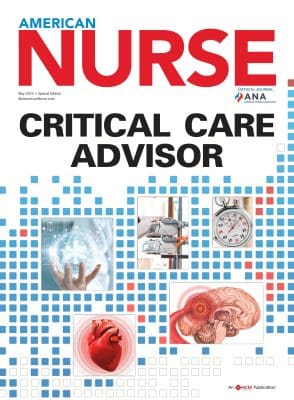Do polio and smallpox present a threat?
The 2022 reemergence of polio and smallpox in the United States has many healthcare providers wondering if they should prepare for a potential outbreak.…


"*" indicates required fields
*By submitting your e-mail, you are opting in to receiving information from Healthcom Media and Affiliates. The details, including your email address/mobile number, may be used to keep you informed about future products and services